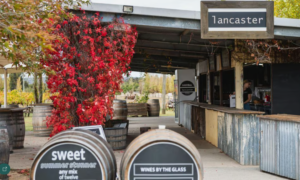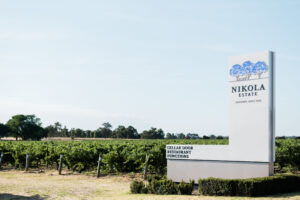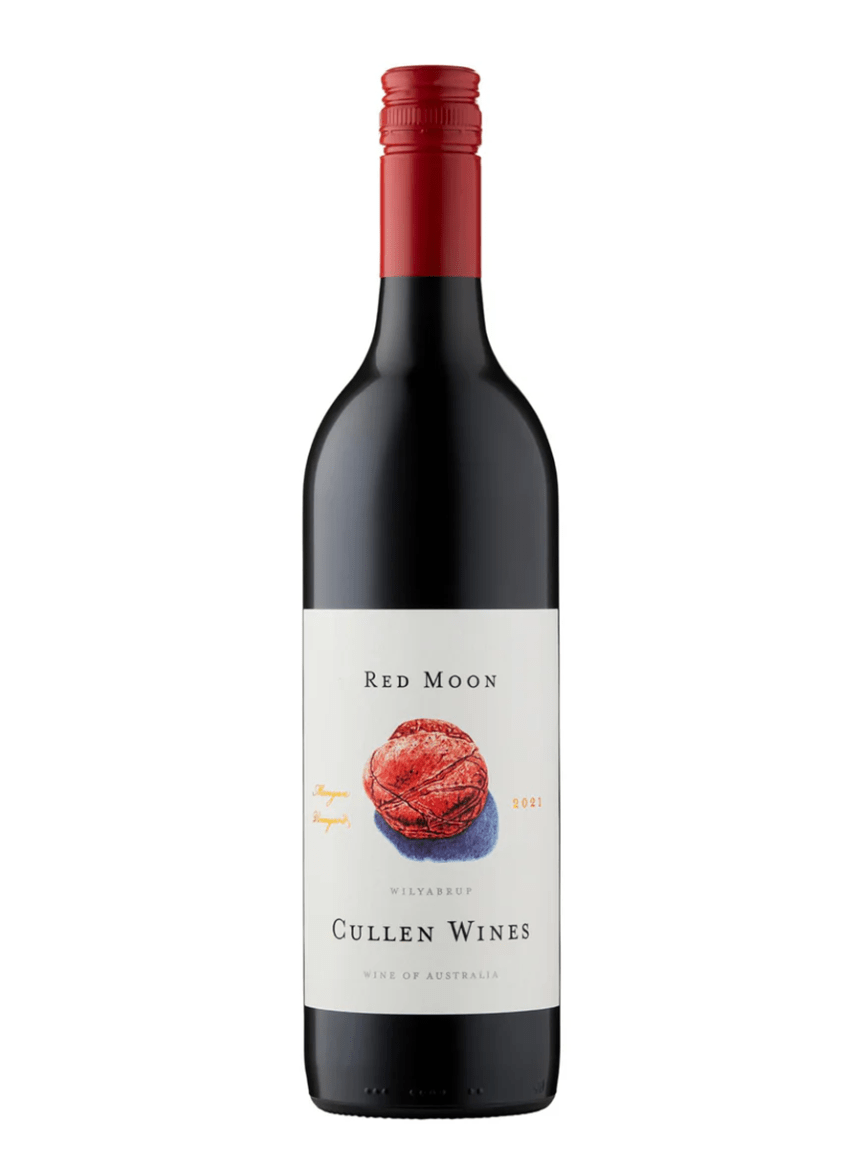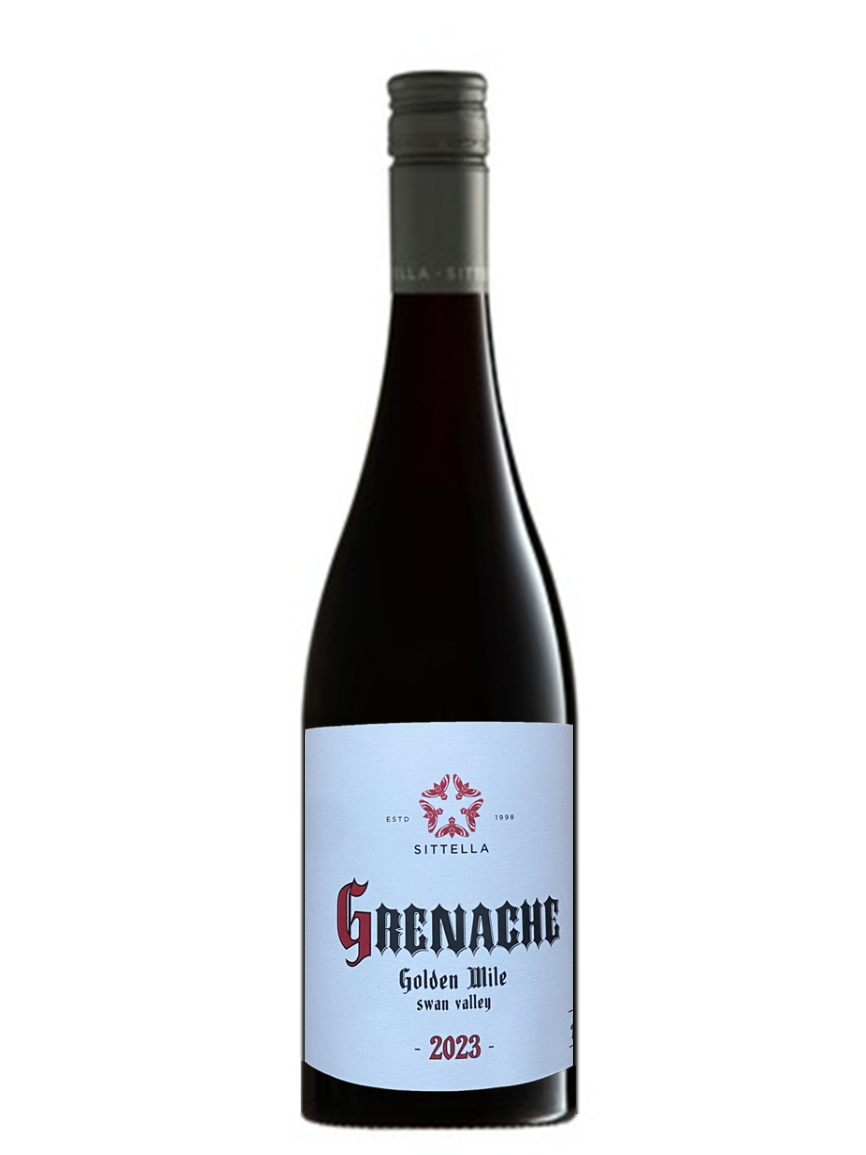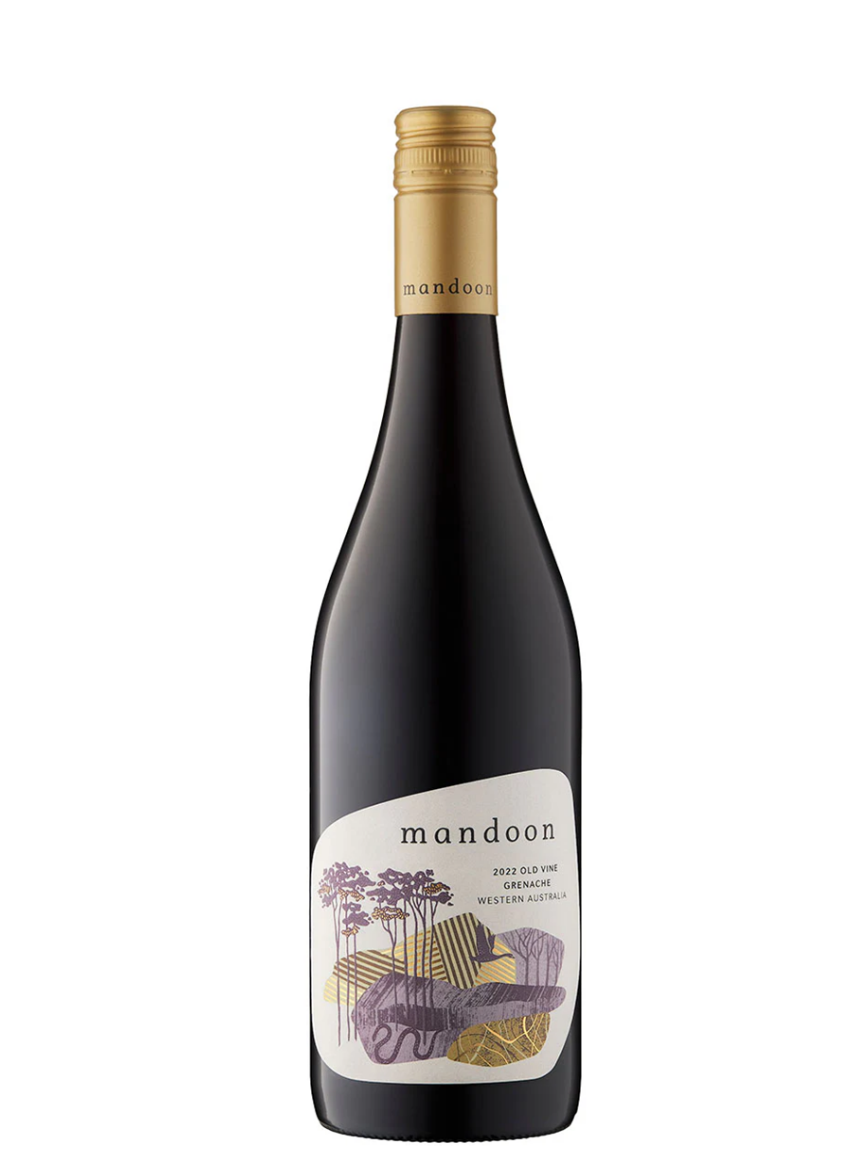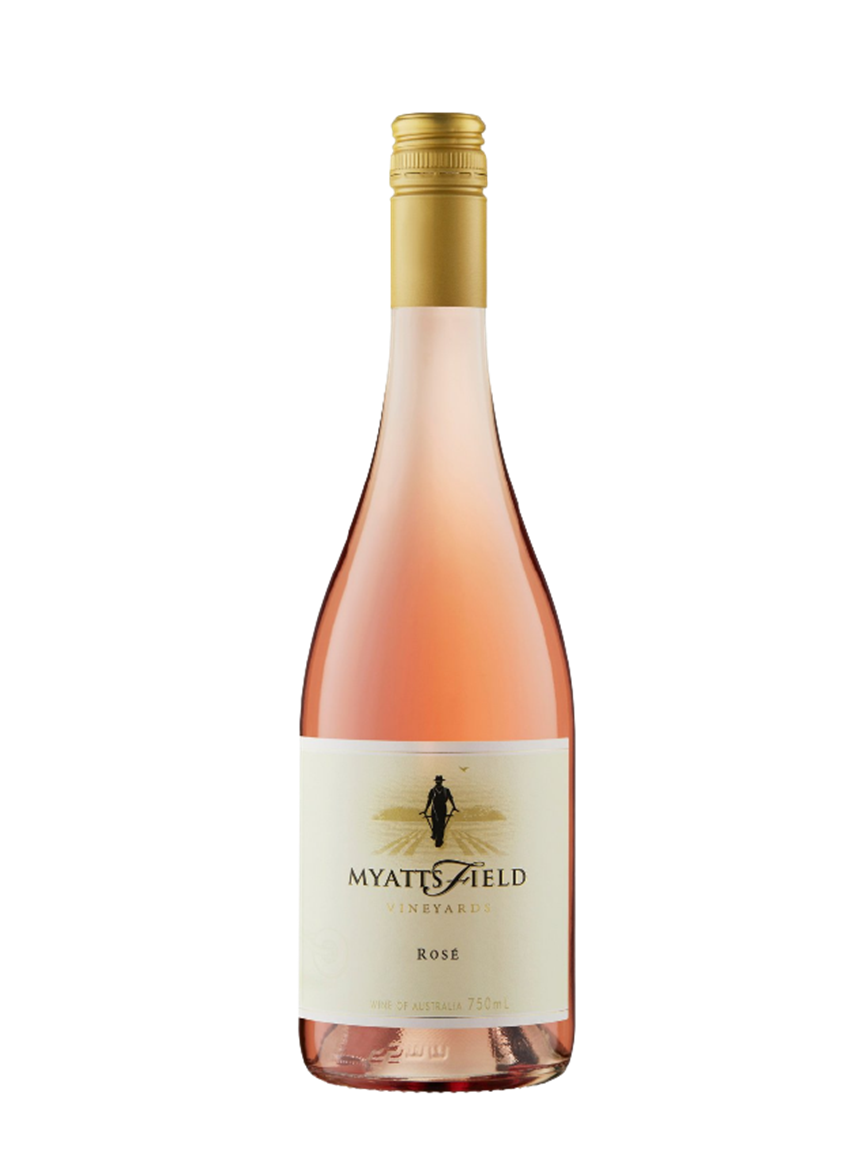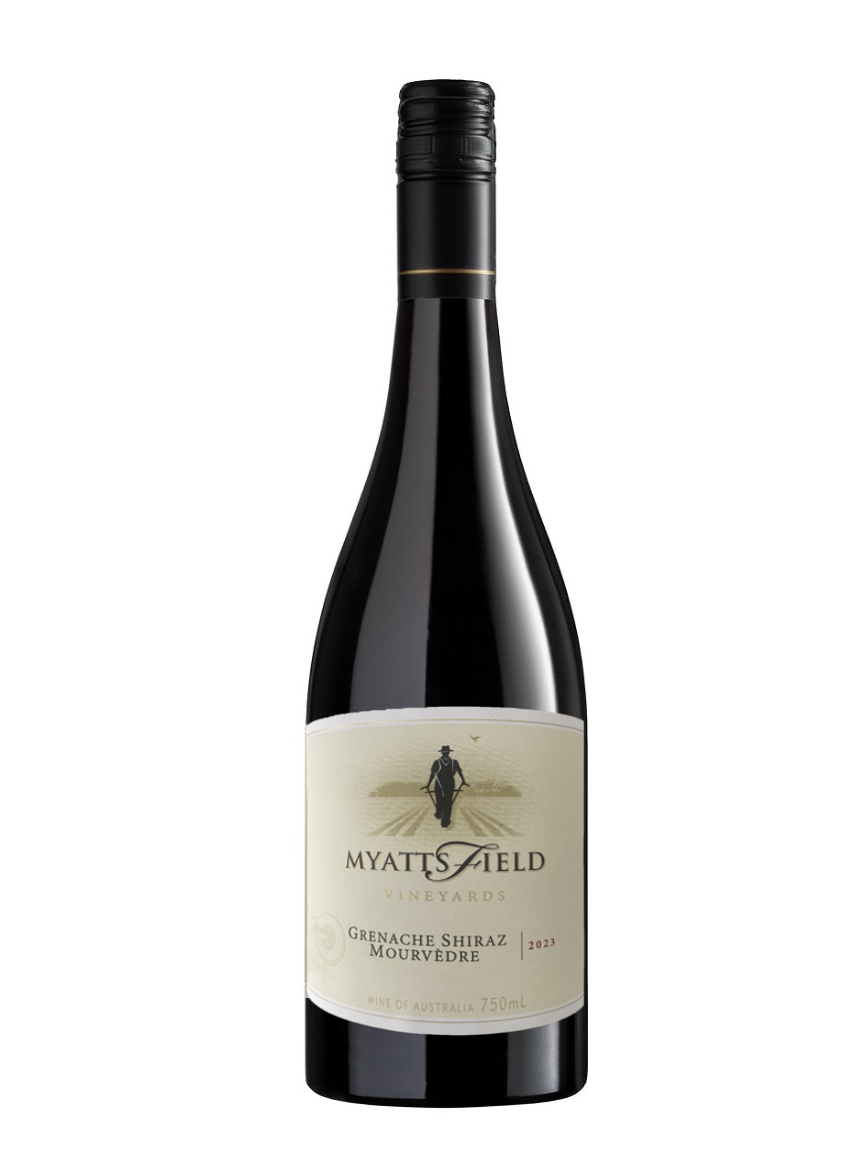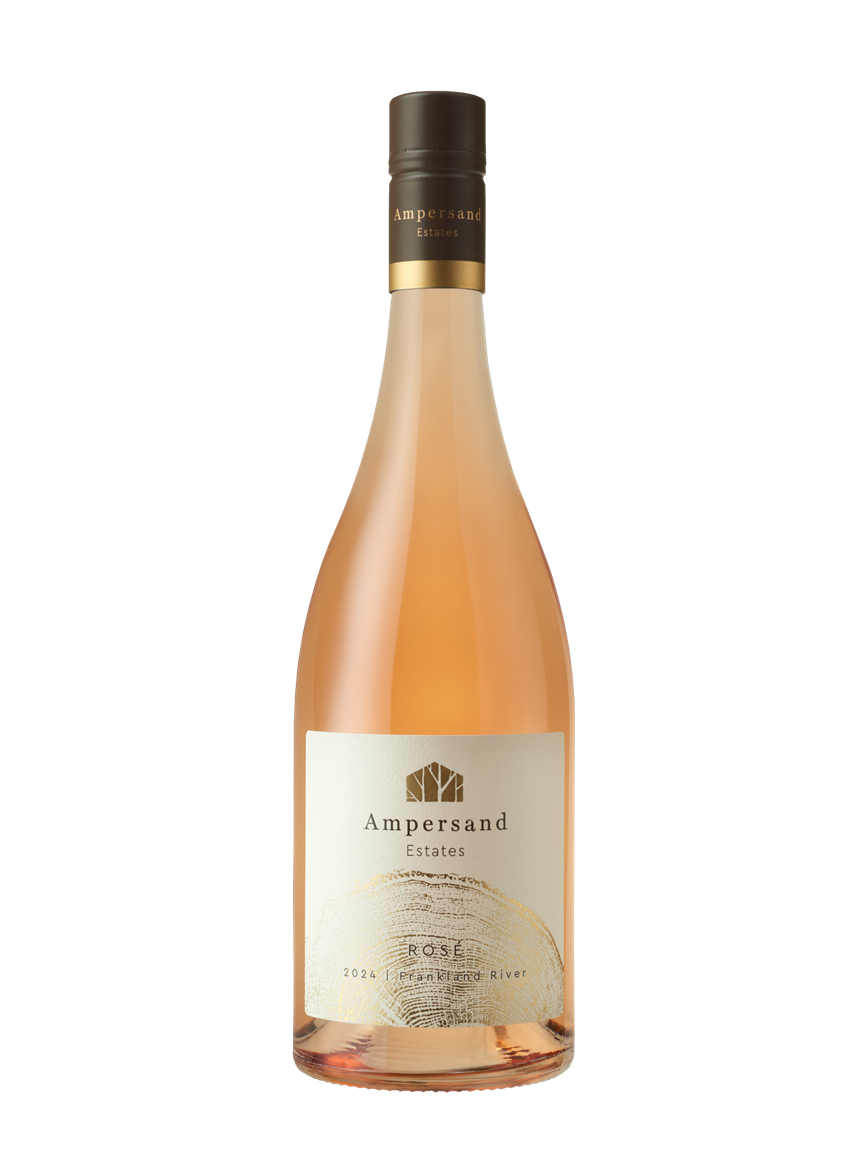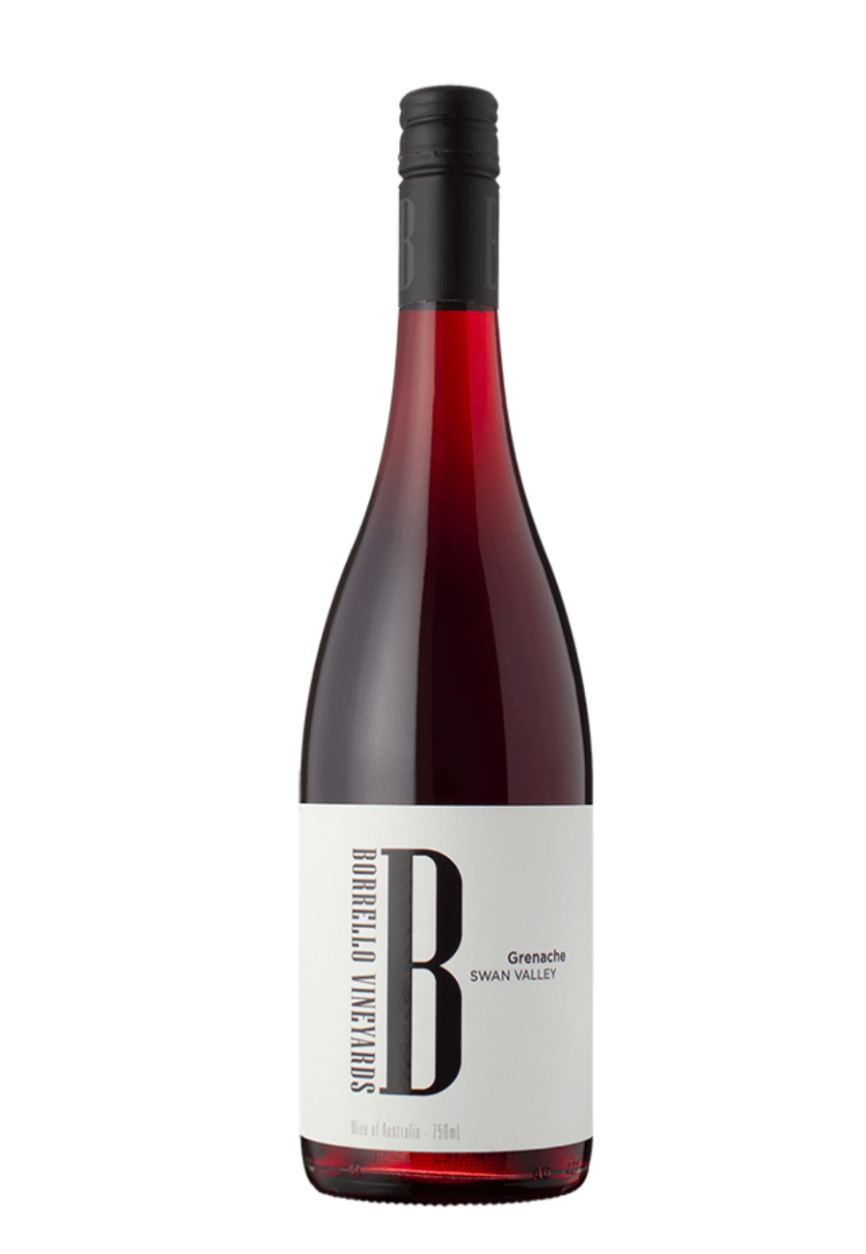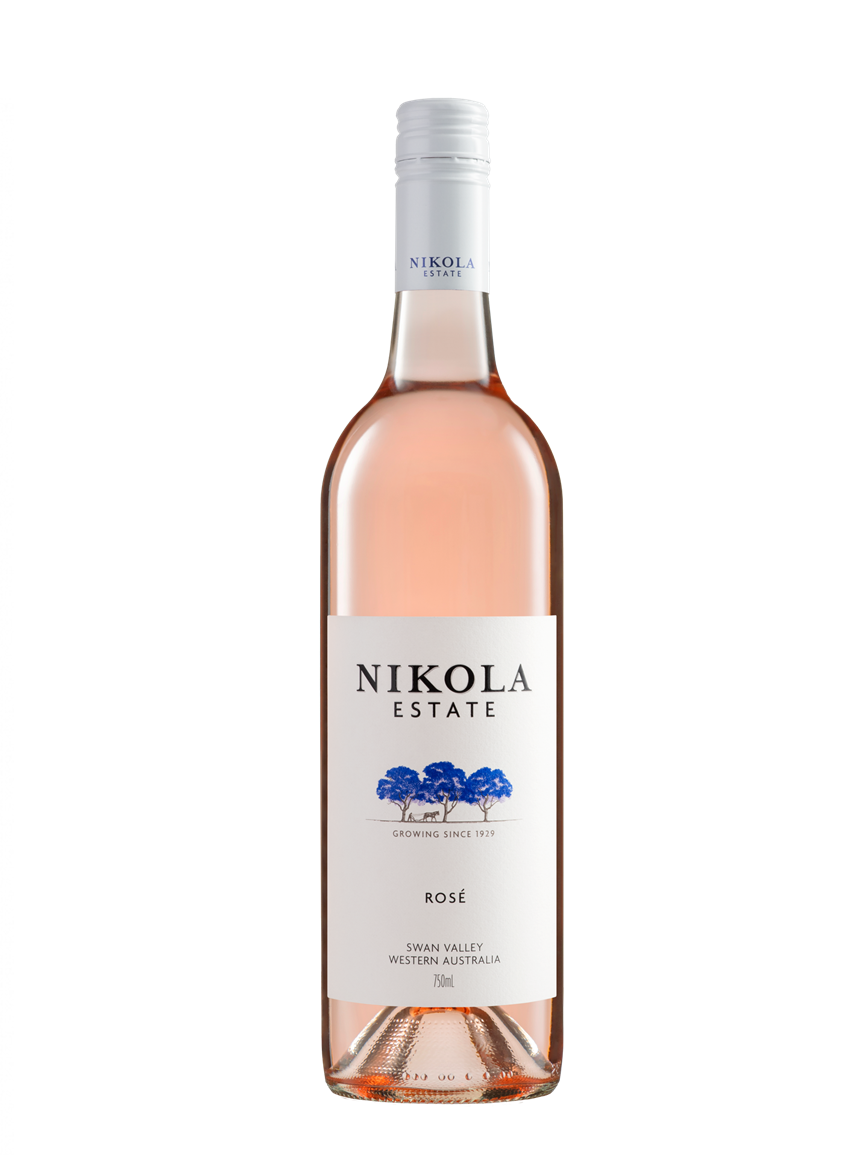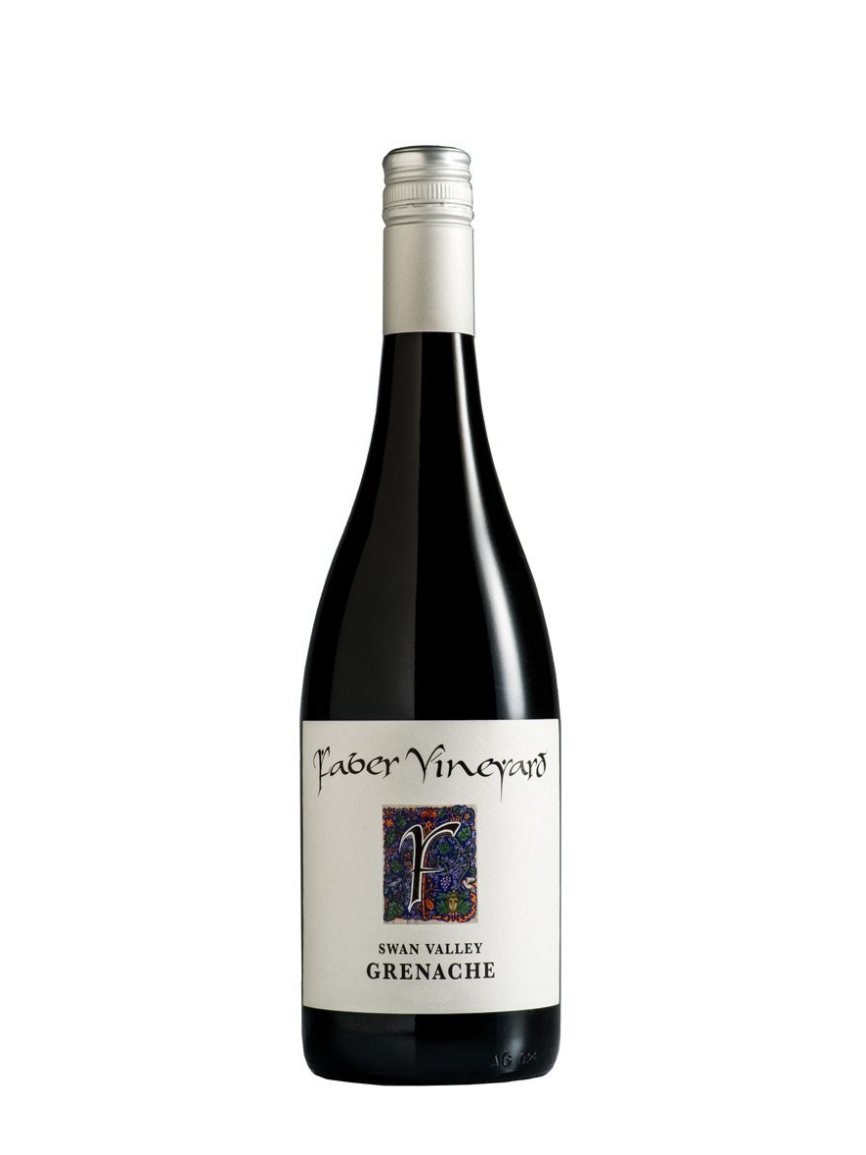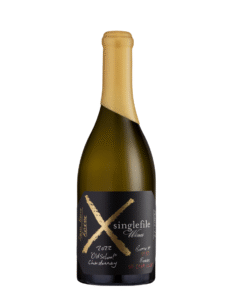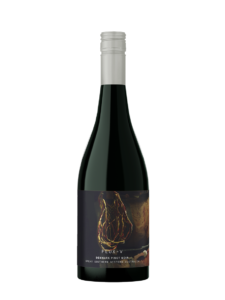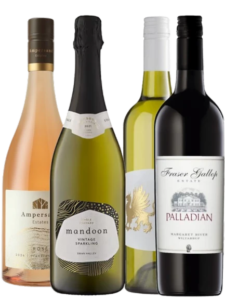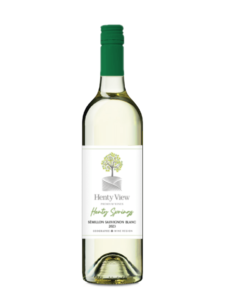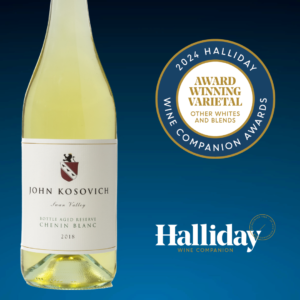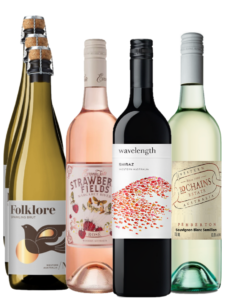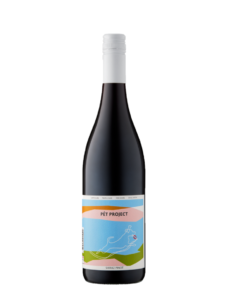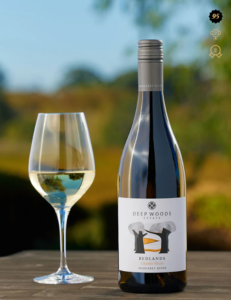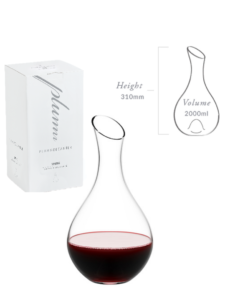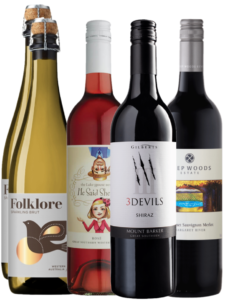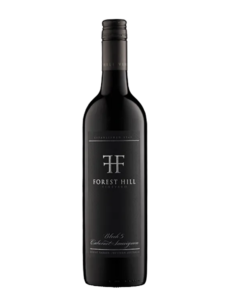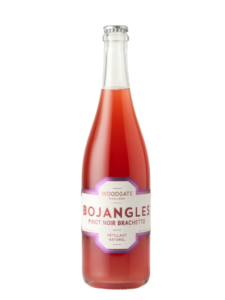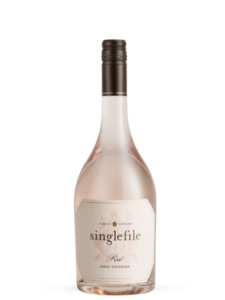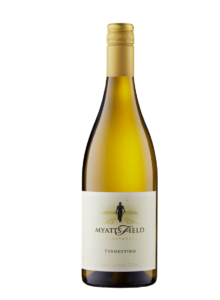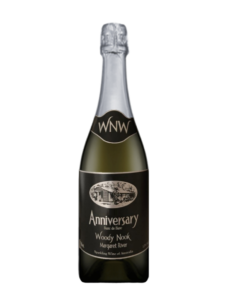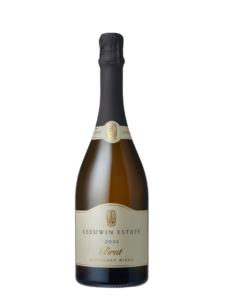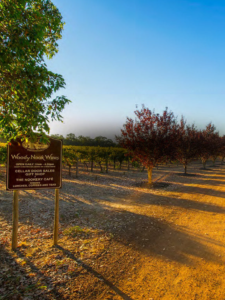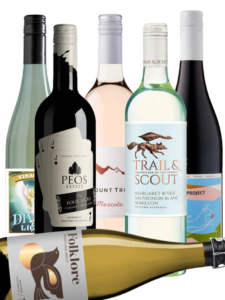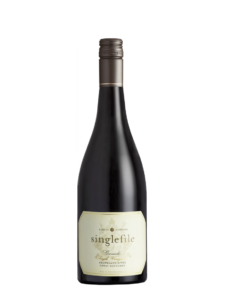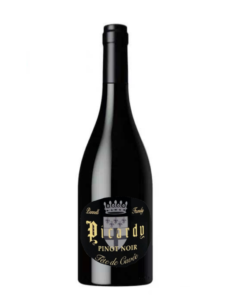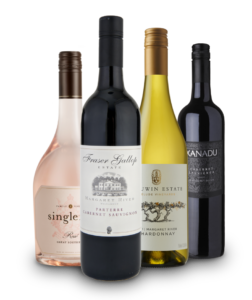Best Wineries In The Swan Valley
Swan Valley Vineyards
The Swan Valley boasts a collection of esteemed wineries, blending time-honoured traditions with contemporary flair. John Kosovich, Lancaster, Nikola, Faber, Sittella, Talijancich, Sandalford, Houghton & River Bank Estate are just some of the fantastic wineries of the region. We are proud to stock a number of the best wines from Swan Valley Vineyards. See our range HERE
The Swan Valley is renowned for its exceptional grape varieties that thrive in its distinctive terroir. Verdelho, Chenin Blanc, and Shiraz are among the standout stars of the region, producing wines that combine fruit-forward flavours with elegance and a unique minerality. Local winemakers take great pride in crafting wines that truly reflect the character of the Swan Valley. Additionally, the region has a long-standing reputation for producing outstanding Ports and fortified wines from these varietals.
Situated along the banks of the Swan River in Perth, Western Australia, the Swan Valley has long been a haven for wine enthusiasts seeking a taste of its rich viticultural history. Over the past century, this picturesque valley has blossomed into a prominent wine-producing region, boasting a unique terroir, favourable climate, and a diverse range of renowned wineries.
Who Are They?
There is a long list of great wines in the region, in no particular order let’s learn a little more about a few of the wineries.
John Kosovich is located on the northern side of the Swan Valley Wine Region has a long-standing reputation for producing premium quality wines. The family operated winery has a focus on quality boutique wines. Established in 1922, it sits amongst the oldest wineries operating in the Swan Valley and the oldest still run by the founding family. John Kosovich has forged a reputation for consistently producing wines of the highest order. In particular, their Chardonnay and Chenin Blanc have been recognized among the best white wines that the industry has to offer, while their reds are elegant, refined and easy drinking. The Kosovich philosophy is that the fruit should do the talking, and you will find that our reds are well rounded with oak, tannins and alcohol in harmony.
Read the latest Ray Jordan Wine Reviews HERE
Lancaster Wines is recognised for producing premium wines. Established in 1960, Lancaster now sits on 10ha growing a wide varietal of people pleasing wines. Owners Carl & Jackie own this family operated, boutique vineyard with some of the oldest vines in the area. Lancaster Vineyard in the Swan Valley produces classics like Chenin Blanc, Verdelho & Grenache.
Their Old Vines Shiraz & 9 Rows Cabernet are also favourites of many wine enthusiasts. If you have been on a Perth wine tour chances are you have tried some wines from Lancaster Winery. Most Swan Valley tours stop in for a wine and cheese tasting. Planning a Swan Valley tour? Visit the official Swan Valley Wine Region HERE
Nikola Estate Wines are forged on tradition, embodying the knowledge and foresight that has been faithfully passed down through four generations of the Yukich family, caretakers of these historic vines. In 1929, the Yukich family’s journey began in the Swan Valley, courtesy of a young Croatian immigrant named Nikola Yukich, who harboured aspirations of establishing a vineyard upon relocating to Western Australia. Commencing with modest plantings on his property, the enterprise steadily flourished alongside the family’s growing presence in this esteemed wine-producing district.
In 1989, the Yukich family expanded their holdings by acquiring 117 acres from the Hardy family, an integral segment of the original Houghton estate, subsequently establishing Oakover Wines. This venture evolved further in 2019, with the acquisition of neighbouring property and the remaining landholdings of Houghton Wines, marking the genesis of Nikola Estate.
Today, Nikola Estate Wines uniquely expresses Western Australian terroir and of the rare old vines from which they are crafted. From our Regional expressions and our Gallery wine range to our Rare fortifieds and our approachable Estate wines, each wine in our collection reflects the strengths of this historic wine region with its rich and elegant wine styles.
Read the latest Ray Joran Nikola Estate Wine Reviews HERE
Swan Valley Wine Region
- Historical Roots:
The roots of winemaking in the Swan Valley trace back to the early 19th century when European settlers recognised the region’s potential for viticulture. The Mediterranean climate, characterised by warm, dry summers and mild winters, provided an ideal environment for cultivating grapes. Italian and Croatian immigrants, in particular, played a pivotal role in establishing the first vineyards and wineries, introducing their traditional winemaking techniques to the fertile soils of the Swan Valley. The first vines were planted in 1829, making the Swan Valley Australia’s second oldest wine growing region. For the next 150 years, it was WA’s only wine region. And it is still the only wine region in the world, within a 25-minute drive of a major capital city.
- Soil and Climate:
The Swan Valley’s terroir is shaped by its unique combination of soils and climate. The soil is predominantly sandy loam, providing excellent drainage for the vines. The warm climate, moderated by the nearby Indian Ocean, creates an optimal grape-growing environment. These factors contribute to the distinct characteristics of Swan Valley wines, marked by bold flavours and a vibrant acidity. Winter generally receives 550-700mm of rain per annum, with the majority falling from June to September. Climate pattens found on the East Coast like El Nino and La Nina have little influence on the region. Instead, winter and spring rain is effected by another climate driver called ‘SAM’ or Southern Annual Mode. Put simply this is the Low Pressure systems that hug Antarctica get pushed further North increasing rain to Southern parts of Western Australia.
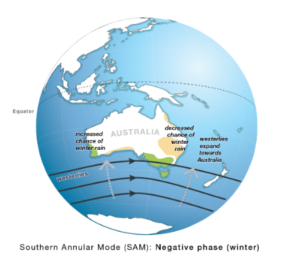
You can learn more about this climate driver here: http://www.bom.gov.au/climate/sam/
- Changes Over the Last 50 Years:
The past century has witnessed significant changes in the Swan Valley’s winemaking landscape. Technological advancements, changes in viticultural practices, and evolving consumer preferences have influenced the types of grapes grown and the styles of wine produced. The shift towards sustainable and organic practices is also evident, reflecting a commitment to preserving the region’s natural beauty.
- Current Trends and Future Directions:
In recent years, Swan Valley wineries have embraced innovation while honouring traditional winemaking techniques. Boutique wineries, in particular, are gaining popularity, offering visitors a more intimate and personalised tasting experience. The region is also witnessing a surge in the production of alternative varieties, catering to a diverse range of palates. As the global wine industry evolves, Swan Valley remains at the forefront of quality and innovation
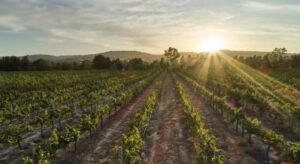
You can read the latest Swan Valley wine reviews HERE
Learn More About Western Australian Wine Regions
Encompassing the The Swan Valley, Chittering & Surrounds the key varietals grown here include Shiraz, Chardonnay, Cabernet Sauvignon, Chenin Blanc & Verdelho.
What you might not know is it is Australia’s 2nd oldest wine region and has the hottest climate of any wine region in Australia. It is actually too hot here to produce certain varietals like Pinot. So, if you find one here, the fruit will probably be from down south.
Being on the doorstep of Perth we often forget it’s only a 25 minute drive from the city. We are so lucky to have a major wine region so close to the city.
An untapped resource that we are excited to showcase. We encourage you to take a drive up through the Bickley Valley. Not only are there some great wineries, but it’s a lovely drive with some fantastic views!
Most wineries here in the Bickley region are quiet young and a little different, with some varietals somewhat uncommon in WA. It has its own microclimate, producing differences in a Cabernet or Shiraz found down on the coastal plain. Up here you will find other varietals like Durif, Tempranillo, Mourvedre, and some Pinot Noir & Merlot.
The region stretches from Jarrahdale, through Bickley and the undulating landscapes of the Darling scarp.
The first commercial vineyard began operation in 1974 by Peel estate, which is still there today and producers some wonderful wines! Shiraz is the area’s strong suite.
The sea breeze comes much sooner than the swan valley keeping the temperatures a little cooler. Unfortunately, a region with few wineries that have a cellar door at present.
The Ferguson Valley and surrounds sits about 15 mins East of Bunbury and is home to a number of small boutique wineries. It’s majestic rolling hills, and the changes between the prevailing summer easterlies to the afternoon sea breeze makes for a diverse set of microclimates.
The region also encompasses the coastal plain, and down to Donnybrook providing different styles. Shiraz, Cabernet Sauvignon & Sauvignon Blanc are the kings of this area, but wineries are experimenting with new plantings.
World renowned Cabernet Sauvignon and Chardonnay live here, but there is still diversity in the climate that creates different styles from a winery 30km North of Margaret River, to 15km’s south of Margaret River.
There are 70 wineries with a 5 star rated (James Halliday) Cabernet. Shiraz, Sauvignon Blanc & Semillon are also strong in the area. Margs wipes other Australian regions off the table when they blend a Sauvignon Blanc and a Semillon.
If you have not been a fan of Chardonnay in the past, I suggest you give it another go. Styles change, and the regions Chards is rated amongst the best in the country.
Situated to the East & West of Bridgetown the area is exposed to cooler temperatures and a higher elevation compared with Margaret River.
The Blackwood Valley mainly produces quality aromatic Chardonnay and Sauvignon Blanc. You can expect to find a vivid shiraz full of black fruits, and a textured, medium-bodied cabernet sauvignon. There are much fewer wineries in the Blackwood Valley compared with Margaret River.
The first vineyards in the region were established in 1976 and the area is now home to several award-winning wine producers and grape growers who supply some of Australia’s finest restaurants.
This is Karri Forrest country, and the rich soil is loved by Vineyards and Avocado’s galore! Its cool and wet in Pemberton for about 6 months, receiving far more rainfall than most other wine regions in WA.
The area can receive over 1.2 meters of rain per year. It is not uncommon in summer for Perth to be Sunny and 33c, while Pemberton is partly cloudy with cool ocean breezes from the South East and only 24c.
This lush soil combined with cool weather helps Merlot, Pinot Noir, Sauvignon Blanc & Chardonnay thrive here, and keep an eye out for a lovely floral Cabernet Franc as well.
Much debate has been had over splitting up the Manjimup and Pemberton regions. Manjimup has a warmer climate and less fertile soil whereas Pemberton’s soil is richer.
The Warren River runs through the middle to split up the regions. The area is reasonably young in plantings, dating back to the late 80’s. The wines produced in this area are Merlot, Cabernet Sauvignon, Chardonnay, Pinot Noir, Sauvignon Blanc and a few Cabernet Franc’s. For me, the Manjimup and Pemberton regions produce the states best Merlot. If you haven’t been a Merlot fan, it could be you are yet to try one from these regions.
The biggest single wine region in Australia – I bet you did not know that! There is such diversity in terrain, climate and soil type that just about anything thrives down here.
Denmark, Mount Barker and the Porongurup’s are the key areas, Some of WA’s finest Shiraz comes from north of Denmark in the Frankland River area, while most of Australia’s best Rieslings come from the Porongurup’s. Just ask James Halliday who says it himself!
Due to the sheer size of The Great Southern and its varied terrain, it has the capacity to produce world-class wines from a range of classic varieties. Shiraz, Cabernet Sauvignon, Pinot Noir, Riesling, Sauvignon Blanc & Chardonnay. There are 5 star wineries littered throughout the region. I need no convincing in taking a trip to Denmark for their wineries.
Unveiling Grenache in the Swan Valley
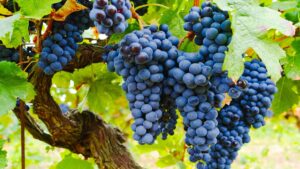
Grenache, a grape variety known for its versatility and rich flavour profile, has found a welcoming home in the Swan Valley of Western Australia. In this exploration, we delve into the roots of Grenache, its arrival in Western Australia, the ideal climate for cultivation, the delightful aromas and flavours it offers, and the perfect serving temperature to unlock its full potential.
1. Origins: A Global Grape’s Journey to WA
Grenache, believed to have originated in the regions of Spain, specifically in the area of Aragon, has traversed continents to find its place in Western Australia. This wine varietal has a rich history that dates back centuries, with Spain being its birthplace and subsequently spreading to France and other wine-producing regions.
2. Grenache in Western Australia: A Historical Sip
The story of this amazing red wine in Western Australia begins with its introduction, which can be traced back to the early waves of European settlement. As settlers sought to replicate the success of Old World wines in the fertile soils of the Swan Valley, Grenache vines found their new home. The varietal’s ability to adapt to different climates made it an attractive choice for winemakers eager to experiment and create unique expressions of this classic grape. While it’s predominantly found in the Swan Valley, there are some wineries like Swinney in the Frankland River region also doing excellent things.
3. Ideal Climate: Flourishing Under WA Skies
Also known as Garnacha, it thrives in warm and dry climates, making the Swan Valley an ideal location for its cultivation. Western Australia’s Mediterranean climate, characterised by hot, dry summers and mild winters, mirrors the conditions that Grenache grapes love. The abundant sunshine ensures optimal ripening, resulting in wines that boast both depth and complexity. It really is made to grow in the Swan Valley.
4. Aromas and Flavours: Unveiling the Complexity
Grenache wines from the Swan Valley are celebrated for their intricate aromas and flavours. The nose often captures a bouquet of red berries, such as strawberries and raspberries, mingling with subtle hints of spice and earthiness. On the palate, the wines showcase a delightful combination of fruity sweetness, gentle tannins, and a touch of peppery spice. The terroir of the Swan Valley imparts a unique character, contributing to the distinctiveness of Grenache wines produced in the region. We believe Grenache makes an excellent summer red wine with it being served cooler and it’s light to medium body. It’s often blended with the likes of Shiraz and Matro to make a GSM, but on it’s own Grenache is still a powerhouse of flavours and something we highly recommend to try by itself.
5. Perfect Serving Temperature: Unlocking It’s Full Potential
To truly appreciate the nuances of Grenache from the Swan Valley, serving it at the right temperature is crucial. Aim for a refreshing 16 degrees. This range allows the wine to express its full range of aromas and flavours, striking a harmonious balance between the fruitiness and the subtle spiciness that define it.
We stock Grenache from a number of WA wineries which you can see HERE

